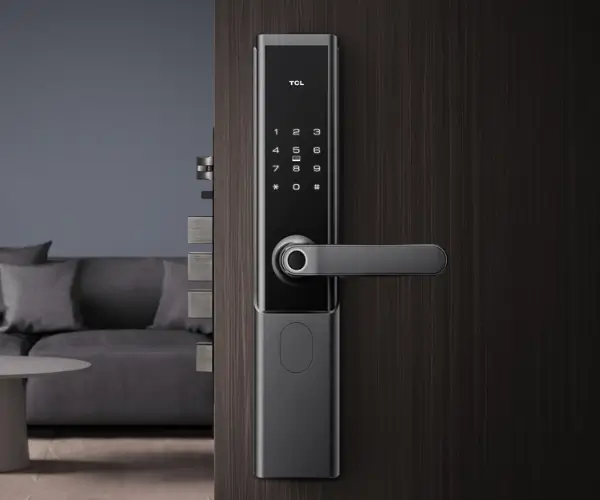Ever try to push a tiny RC drone or car to its limits? Feeling like it just doesn’t perform quite right? That’s where the magic of motor timing kicks in. When you understand what "motor timing" really does — especially in brushless motors — everything starts to click. It’s like tuning a musical instrument. Small tweaks can make a huge difference in speed, efficiency, and overall performance.

So, what exactly is motor timing? In simple terms, it’s about aligning the magnetic fields of the stator and rotor in your brushless motor. Think of it like a dance where both partners need to sync perfectly for the rhythm to flow smoothly. Set the timing too low, and the motor might feel sluggish, suffering from less power and even overheating. Push it too high, and you risk knocking efficiency sideways, or worse, damaging the motor after extended runs.
Here’s a typical scenario people run into: a racer wants to squeeze out that last bit of speed on their RC buggy. They fiddle with the timing, turning it up a notch. Suddenly, the motor revs up more crisply, accelerates faster, and all those tight corners become easier to conquer. But then, if they push too far, the motor gets hot quick, and the battery seems to drain faster than usual. It’s about striking that sweet spot, and that’s where knowledge comes in handy.
Why does timing matter so much? Because brushless motors are basically precision instruments. If you think of the motor as a racehorse, timing is like the jockey’s medicine — if it’s right, the horse runs like crazy; if it’s wrong, it’s a flop. For hobbyists or competitive racers, understanding and adjusting brushless motor timing can translate directly into better performance, longer motor life, and even energy savings.
Some folks ask, “Can I just leave the timing at default?” Well, sure, but that’s kind of like leaving your bike’s gears in one position. If you’re hunting for top speed or maximum torque, a little experimentation pays off. Many modern ESCs (Electronic Speed Controllers) give you options to adjust timing on the fly, making it easier than ever to find that optimal setting without tearing apart your setup.
For those who love tinkering, you can try small increments—say, shifting from 10° to 15°, then 20°, and testing after each change. It’s all about feeling the difference. You’ll notice that at certain points, the motor runs smoother or crisper, while at others, it might get noisy or overheat. The key is to listen to your motor’s response and find that balance.
Quality brushes or sensors sometimes make a subtle difference here too. A good brushless motor paired with the right timing setting is like combining a great engine with high-octane fuel. It’s no coincidence that the best RC racers constantly tweak and fine-tune their motor settings before races.
In the end, understanding brushless motor timing isn’t about complicated science — it’s about feeling what your setup needs. Whether you’re chasing that perfect lap or just want a more responsive experience, getting the timing right can unlock hidden potential in your RC gear. Think of it as waking up that beast lying dormant inside your motor, waiting for the right moment to unleash full power.
Established in 2005, Kpower has been dedicated to a professional compact motion unit manufacturer, headquartered in Dongguan, Guangdong Province, China.




































